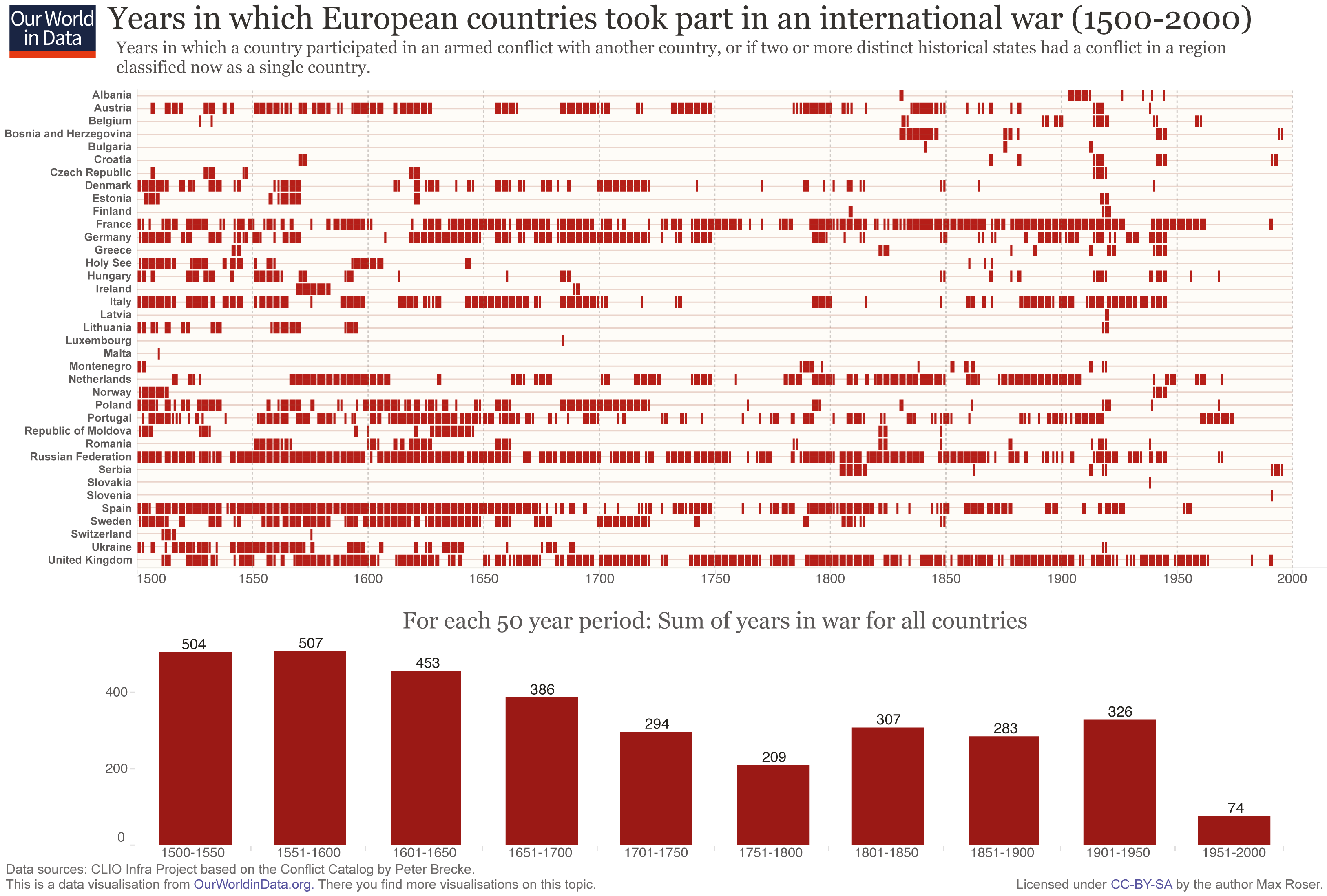Is the future going to be so bad that longer, healthier lives will be undesirable? No, probably not.
The future looks grim? That’s quite an interesting claim, and I wonder whether there is any evidence to support it. In fact, I think there’s plenty of evidence to believe the opposite, i.e. that the future will be bright indeed. However, I can’t promise the future will certainly be bright. I am no madame clearvoyant, but neither are doomsday prophets. We can all only speculate, no matter how ‘sure’ pessimists may say they are about the horrible dystopian future that allegedly awaits us. I’m soon going to present the evidence of the bright future I believe in, but before I do, I would like to point out a few problems in the reasoning of the professional catastrophists who say that life won’t be worth living and there’s thus no point in extending it anyway.
First, we need to take into account that the quality of human life has been improving, not worsening, throughout history. Granted, there still are things that are not optimal, but there used to be many more. Sure, it sucks that your pet-peeve politician has been appointed president of your country (any reference to recent historical events is entirely coincidental), and it sucks that poverty and famine haven’t yet been entirely eradicated, but none of these implies that things will get worse. There’s a limit to how long a president can be such, and poverty and famine are disappearing all over the world. It takes time for changes to take place, and the fact the world isn’t perfect yet doesn’t mean it will never be. Especially people who are still chronologically young should appreciate the fact that by the time they’re 80 or 90, a long time will have passed, and the world will certainly have changed in the meanwhile.








